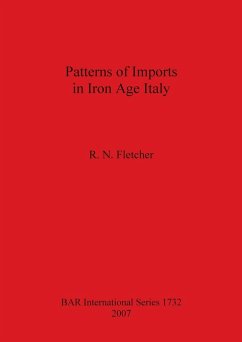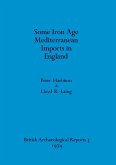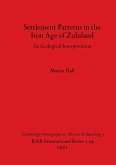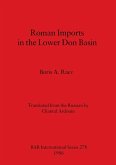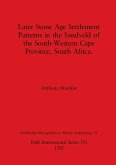During the Early Iron Age and the Archaic period, the central Mediterranean was the scene of revolutionary changes and rapid development within the various cultural entities of Italy, Sardinia, and Sicily. It was this region that saw Greek settlementin South Italy and Sicily, Phoenician colonization in Sicily and Sardinia, and the beginnings of trade and contact between the cultures of the region and those of the East, with a subsequent exchange of technology, material, and ideas. The purpose of this study is twofold. Firstly, it centres upon a database of imported material in the Italian peninsula, Sardinia, and Sicily dating from approximately 800 to 500 BC, which has been constructed in order to study trade in this region. The databaseupon which this work is founded stands at a little over 50,000 objects. Making a database of imported objects into the central Mediterranean region, and undertaking a study of the methodology dealing with the statistical problems of such an endeavour, is an attempt to rectify a few of the shortcomings of past scholarship. It is the basis for a re-examination of the problem of the beginnings of trade and contact. The second major intention of this study reflects the necessity to ensure that applied theory remains embedded in data, and the potential for Iron Age and Archaic data, if handled appropriately, to form a fertile theoretical bed. The primary purpose of this work is to expand the range, the transparency and the flexibility of data not only for the short-term reason of admitting new questions, but also with the longer view of strengthening the soundness of applied theory in this field. Over and above the evaluation of current ideas and the illumination of new ones, this study isan open demonstration of the utility of databases of archaeological material as a tool for further research.
Hinweis: Dieser Artikel kann nur an eine deutsche Lieferadresse ausgeliefert werden.
Hinweis: Dieser Artikel kann nur an eine deutsche Lieferadresse ausgeliefert werden.

